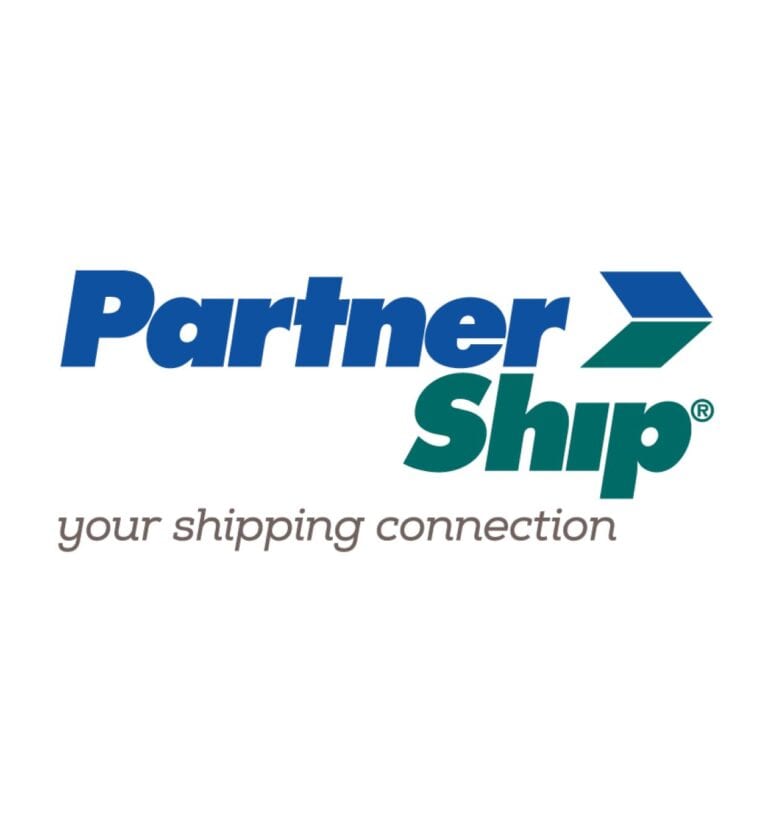How to handle sexual harassment claims can be overwhelming and terrifying for every business—from small furniture stores to major retail chains. But it shouldn’t be.
Regrettably, at some point, some who run or manage retail stores become aware of sexual harassment. Here are a few tips that will help you address sexual harassment quickly and successfully.
Brief History of Sexual Harassment
The Civil Rights movement and subsequent Title VII of the Civil Rights Act made it illegal to discriminate against employees based on sex. As an outcome of this act, it became illegal to sexually harass employees.
This act also created the U.S. Equal Employment Opportunity Commission (EEOC). The EEOC is a government agency responsible for enforcing federal laws around discrimination in the workplace because of a person’s race, color, religion, sex (including pregnancy, gender identity and sexual orientation), national origin, age (40 or older), disability or genetic information. Failing to be up-to-date on EEOC guidance can result in harm to your employees and your business. In 2016, the EEOC resolved 97,443 charges and secured more than $480 million for victims of discrimination.
Laws enforced by the EEOC apply to all types of work situations, including hiring, firing, promotions, harassment, training, wages and benefits. The EEOC also protects those who have been exposed to such discrimination.
What is Sexual Harassment?
Sexual harassment means, simply, unwanted sexual advances in the workplace. One type of sexual harassment is “quid pro quo”, meaning “this for that.” This is what people most think of when they think of sexual harassment. These would-be situations where sexual favors are a requirement for employment actions. “If you don’t sleep with me, I’ll fire you” would be a textbook example of quid pro quo sexual harassment.
The other type of sexual harassment is creating a “hostile work environment.” A hostile work environment is where employees around you create an environment with unwanted sexual content. For example, if an employee posts pictures of women in bathing suits, it may create a “hostile work environment” for female employees in the office.
Sexual harassment is likely to happen. As we are now seeing in the news, sexual harassment affects every industry—from the media to politics to business. The public tends not to see the frequency of these incidents because it is kept confidential for the most part. But typical HR departments do receive many complaints.
Think sexual harassment could never happen in your store? A conservative rule of thumb is to estimate on average one sexual harassment complaint a year for every 50 employees. If you have 10 employees, within five years it is likely you will receive a complaint.
Documenting a Complaint Protects You
The number one mistake managers make with sexual harassment is avoiding it. I have seen many managers receive a complaint, quickly determine the complaint does not justify more action, and then dismiss the issue without documenting the complaint or the rationale for dismissing the issue. Say an employee is complaining she doesn’t want to be scheduled with another employee. He’s always asking her out for a date, and it is making her uncomfortable—what should you do?
While it might seem minor, it should be treated as a complaint of sexual harassment and be documented and investigated. Documenting a complaint doesn’t mean it is harassment. It simply enables the manager to track the facts: whether harassment occurred or if there is even sufficient evidence to conclude its harassment.
Remember, it’s the store owner or manager’s obligation not only to protect the business but also the people involved. So, you are better off documenting even the most minor incidents rather than brushing them off.
Resolve Issues First
Well-meaning managers sometimes alter the employee shifts or schedules to resolve a harassment complaint but that could be viewed as retaliatory action against an employee who has made a complaint. As I mentioned above, the first step is to document the complaint. Once this is done, you should work with those involved to address the issue.
Here’s an example of steps you might take to resolve the issue:
- Conducting a prompt and thorough investigation into the complaint that maintains the confidentiality of those involved as much as you can. The investigation doesn’t need to be more than talking one-on-one to the parties involved and any apparent witnesses to determine facts.
- Disciplining the harasser and/or requiring them to participate in training, depending on what you find.
- Reminding the person being investigated that they must not retaliate in any way against the complainant.
- Documenting the investigation and the action taken.
- Make sure you document each of these steps. Often any one of these steps puts an end to the issue and improves the working environment for your employees. If the harassment continues, more serious action may be required.
Should you receive or become aware of a potential harassment complaint, address it head on. By adhering to a strict rule of documenting the facts of even complaints that are determined to be invalid, you can protect your employees and your business.











